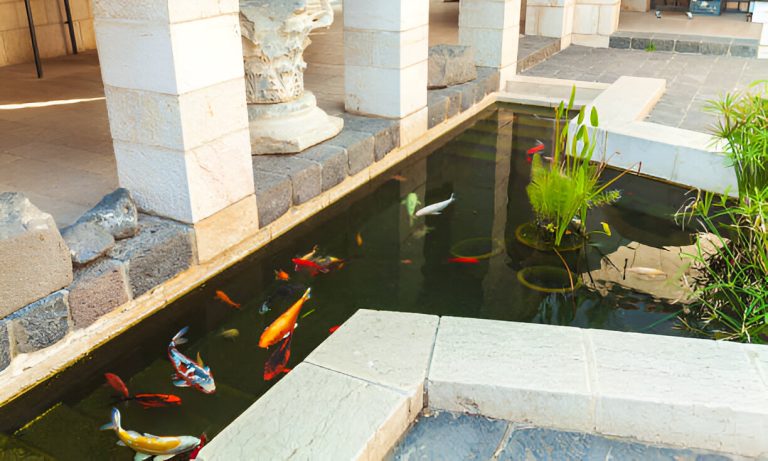
The Credit Linked Subsidy Scheme (CLSS) under the Pradhan Mantri Awas Yojana is one of the biggest initiatives by the government to accomplish its “Housing for All” vision. Read on to know the eligibility requirements for availing this loan subsidy.
The election manifesto of the NDA government before the 2014 Lok Sabha elections focused a lot on building on affordable housing. Once the government came into power, one of its biggest initiatives was the Pradhan Mantri Awas Yojana which was launched in 2015. Under the initiative, the government is aiming to provide affordable housing to at least 20 million people by March 2022.
While the initiative is made up of different components, one of the most important among them is the Credit-Linked Subsidy Scheme (CLSS). The scheme was initially launched to offer interest subsidy on loans taken for purchase and construction of property for EWS (Economically Weaker Section) and LIG (Lower Income Group) categories. But in 2017, the scope of the scheme was extended to also include MIG (Middle Income Group) category.
To avail this subsidy, one needs to meet the eligibility criteria of the scheme. The eligibility requirements for CLSS are as follows-
- Income Group Criteria
As mentioned above, the subsidy scheme is available for EWS, LIG, and MIG (MIG 1 and MIG 2) categories. The definition of these categories is as follows-
EWS– People with an annual household income of up to Rs. 3,00,000
LIG– People with a yearly household income between Rs. 3,00,000 to 6,00,000
MIG 1– People with an annual household income of up to Rs. 12,00,000
MIG 2– People with a yearly household income between Rs. 12,00,000 to 18,00,000
Currently, only people belonging to these income groups are eligible for the subsidy.
- Home Ownership
As per the eligibility requirements of CLSS, the subsidy is only available to beneficiary families who do not own a ‘pucca house’. Neither the applicant nor any members of the beneficiary family should have a ‘pucca house’ on their name anywhere in the country. However, if there is an adult earning member in the family, he/she can be considered as a separate household irrespective of whether he/she is married. So, even individuals living with their parents can avail the subsidy if they do not own any ‘pucca home’ in the country and are earning.
- Carpet Area of the Property
The CLSS guidelines also define the maximum carpet area for which the subsidy can be availed. For EWS, the loan subsidy is only available for homes that have a carpet areaup to 30 square meters. For LIG, this carpet area limit is 60 square meters.
Previously, the carpet area limit for MIG 1 category was 120 square meters, and for MIG 2, it was 150 square meters. But in June 2018, this was increased to 160 square meters for MIG 1 and up to 200 square meters for MIG 2. While a beneficiary can construct a house bigger than this carpet area limit, the loan subsidy will only be available as per the eligible amount for interest subsidy.
- Maximum Loan Amount and Interest Subsidy
The maximum loan amount eligible for subsidy is Rs. 6 lakhs for EWS and LIG categories and the maximum interest subsidy is of up to 6.5%. For MIG 1, the maximum loan amount eligible for subsidy is Rs. 9 lakhs and the maximum interest subsidy is 4%. For MIG 2, the maximum loan amount eligible for subsidy is Rs. 12 lakhs as well, but the interest subsidy is 3%. With this, a beneficiary from MIG 2 category can save up to Rs. 2.3 lakhs.
- Other Rules
Apart from the ones listed above, there are a few other important rules for availing loan subsidy under PMAY. They are as follows-
- Adult female ownership is mandatory for EWS and LIG categories for home purchase but desirable in the MIG category. The adult female can be the single owner of the house or be a co-applicant with the male applicant.
- Only the beneficiary families who have not availed any kind of subsidy assistance under any of the previous housing schemes of the central or the state government are eligible for CLSS.
- For loan subsidy taken for extension or construction of the home property, the extension/construction should be completed within three years from when the first instalment of the loan was disbursed.






